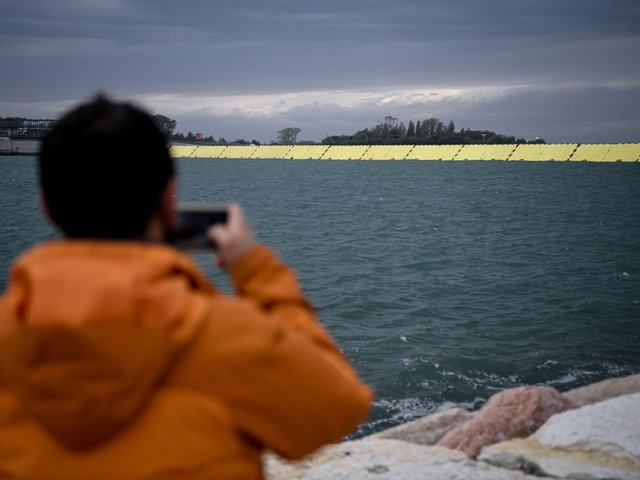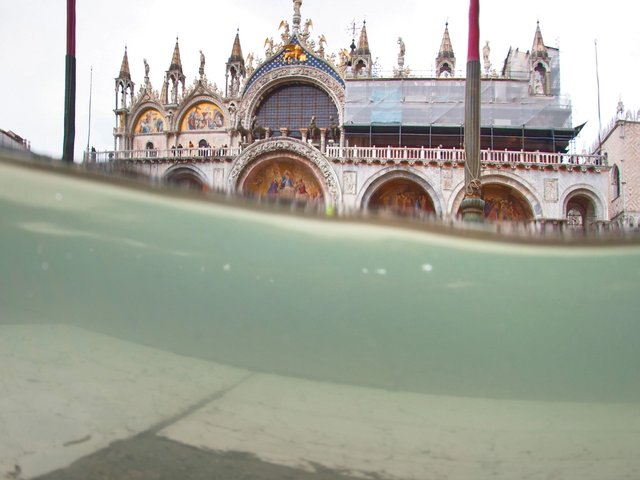Unesco has announced that it will be asking for Venice to be put on its World Heritage Sites in Danger list when its World Heritage Committee meets in Riyadh on 10-25 September.
The fact that Unesco seems to have given up its reluctance to blacklist Venice (most recently in 2021 under pressure from the Italian government), is a huge symbolic concession that may at last lead to national or international action.
The reasons given by Unesco for its change of heart is that the government has failed to produce a coordinated plan for the environmental protection of the city and the management of its tourism. “The effects of the continuing deterioration due to human intervention, including continuing development, the impacts of climate change and mass tourism threaten to cause irreversible changes to the outstanding universal value of the property….Moreover, the combined effects of human-induced and natural changes are causing deterioration and damage to build structures and urban areas.”
In reality, none of these problems is new. Unesco has known about the threat posed by climate change to the city for over a decade. Scientists have proven that the relative sea level of the Mediterranean will rise at the same rate as the oceans, and in 2011, in a report commissioned by Unesco itself, the scientists of CNR-ISMAR, the leading Italian maritime research institute concluded that there was no doubt that the sea level would eventually rise to a value that would not be sustainable for the Venice lagoon and the city.
Then, in 2019, fellows of one of Italy’s most distinguished learned bodies, the Istituto Veneto delle Scienze, Lettere ed Arti, made up of scientists, historians and writers, appealed to the then premier, Mario Draghi, to create a new authority for the protection of Venice from sea-level rise, copying in Unesco, which failed to react.
It is now a near certainty that if there is no plan and sustained action for the long-term protection of Venice, the city will not survive the lifespan of the next generation. The Intergovernmental Panel on Climate Change (IPCC) 2021 regional projections foresees a rise in the relative sea level by the end of the century of 28-55cm in their most optimistic estimate of global warming; 63-101cm in their most pessimistic, and in their intermediate estimate—considered the most likely—of an increase in temperature of 2.1-3.5 degrees, the rise in relative sea level is projected to be 44-76cm. The intermediate scenario would mean that the mobile barriers generally known as Mose would need to be closed more than 260 times a year, which would do unsustainable damage to the lagoon ecosystem and the city.
The fact that the Italian government has not included the protection of Venice or, indeed, any of its other coastal towns at risk, in its plans for spending the exceptional €191bn of the Recovery and Resilience Plan voted by the EU, is a sign of how little the future impact of climate change has influenced official thinking in Italy.
So far as tourist management is concerned, critics say the current mayor Luigi Brugnaro has achieved nothing, all his attempts to control visitor numbers by a system of ticketing having proven unworkable, while his council has been selling off public housing that would have allowed more ordinary Venetians to continue living in the city.




